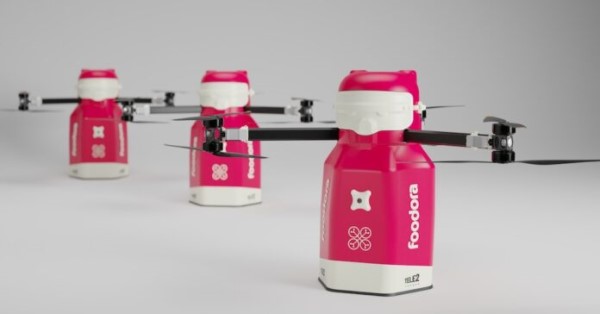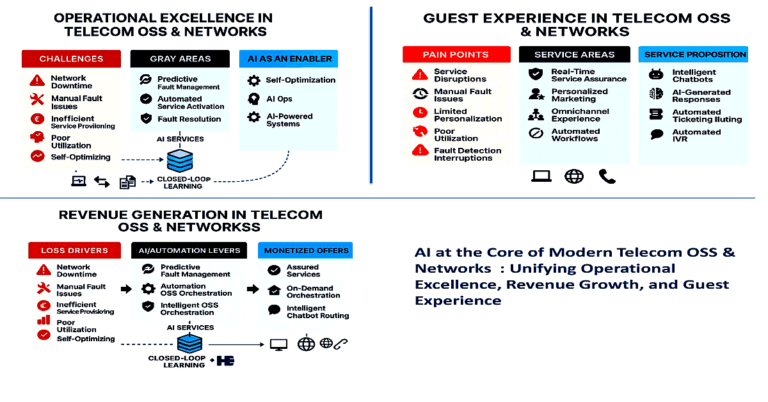Reinventing Delivery: Foodora Air’s 5G-Enabled Drone Service
Tele2 AB and the q-trade platform foodora collaborated to unveil a food delivery service that leverages IoT and 5G technology. This service, known as foodora Air, introduces a fleet of electric drones designed to deliver food directly to customers’ doorsteps, promising a new era of convenience and efficiency.
Beyond the Road Challenges: The Rise of 5G Drone Deliveries with Foodora Air
Traditional food delivery methods are often constrained by traffic, environmental concerns, and accessibility, especially in rural areas. The reliance on gasoline or diesel-powered vehicles further exacerbates carbon footprint concerns, highlighting the need for a sustainable and innovative solution.
The Future of Food Delivery: How Tele2’s 5G Makes Foodora Air Fly
Foodora Air utilizes advanced drones developed by technology leader Aerit, integrated into foodora’s platform and connected via Tele2‘s 5G network. This setup ensures fast, efficient, and environmentally friendly food deliveries from a number of restaurants on Värmdö, outside Stockholm. The service is set to redefine the delivery experience, utilizing drones that emit significantly less CO2 compared to traditional delivery vehicles.
The drones boast a range of 21 kilometers and a minimal carbon dioxide emission of 2 grams per kilometer, a stark contrast to the 143 and 110 grams emitted by traditional gasoline and diesel vehicles, respectively. This initiative promises efficiency and speed and stands as a testament to the potential for greener delivery solutions.
Fast, Green, and High-Tech: Foodora and Tele2’s Delivery Innovation
The choice to employ 5G connectivity and IoT technology is pivotal in this collaboration. 5G’s low latency and high data transfer capabilities are essential for the drones‘ operation, ensuring safe and reliable deliveries across varying distances and conditions.
This delivery method introduces several benefits, including reduced carbon emissions, increased accessibility to delivery services in rural areas, and an enhanced customer experience with faster delivery times. Furthermore, it represents a significant step towards sustainable delivery solutions, aligning with global efforts to reduce carbon footprints.
Eco-Friendly Drone Deliveries: Tele2 and Foodora’s Sustainable Vision
The launch of foodora Air is set to inspire further innovation in the delivery industry, showcasing the potential of 5G and IoT technologies to overcome traditional limitations. This initiative may catalyze the adoption of drone delivery services across various sectors, potentially transforming the logistics and delivery landscape.
Collaborative Innovation: The Backbone of Foodora Air
Tele2’s provision of continuous 5G IoT connectivity is crucial in this partnership, showcasing its commitment to leveraging its expertise for innovative and future-driven services. This collaboration exemplifies how 5G technology can be utilized beyond traditional applications, opening new avenues for service delivery.
Foodora, with the support of Aerit’s drone technology, plays a vital role in integrating the delivery service into its platform, ensuring a seamless and efficient user experience. This partnership underscores the importance of collaborative innovation in addressing modern-day challenges and enhancing service offerings.
Foodora Air’s Journey: Launch Dates and Future Plans
The drone delivery service will commence in May on Värmdö and plans to expand to more areas in Sweden. The aim is to make fast home deliveries accessible to a wider audience, regardless of their location.
The first drone deliveries are scheduled for spring, marking the beginning of a new chapter in food delivery services. The goal is to broaden this service to cover more regions, bringing unparalleled convenience and efficiency to customers nationwide.
Insights from the Innovators: Tele2 and Foodora on Shaping the Future
“This marks a new era in how people receive deliveries, and we believe we can see more applications in other industries. For us at Tele2, the partnership with foodora is a perfect example of how we can use our 5G connectivity and expertise to drive future delivery services in a simple, sustainable, and smart way, while providing customers with an extraordinary experience,” says Stefan Trampus, Executive Vice President B2B at Tele2. “Technology and connectivity have the potential to break many of the limitations that currently exist in rural areas, where access to various services and products has decreased in line with rapid urbanization,” Stefan Trampus concludes.
Daniel Gustafsson Raba, Director of Operations at foodora, emphasizes the democratic aspect of fast home deliveries, asserting that access to essential services, such as medicines or groceries, should not be limited to urban dwellers. This initiative is a step towards achieving that goal, with Tele2 and Aerit as key partners in this pioneering journey.
This collaboration between Tele2 and foodora, powered by 5G and IoT technologies, not only marks a significant advancement in food delivery services but also demonstrates the potential for technology to drive sustainable and efficient solutions, paving the way for a smarter, greener future.







































